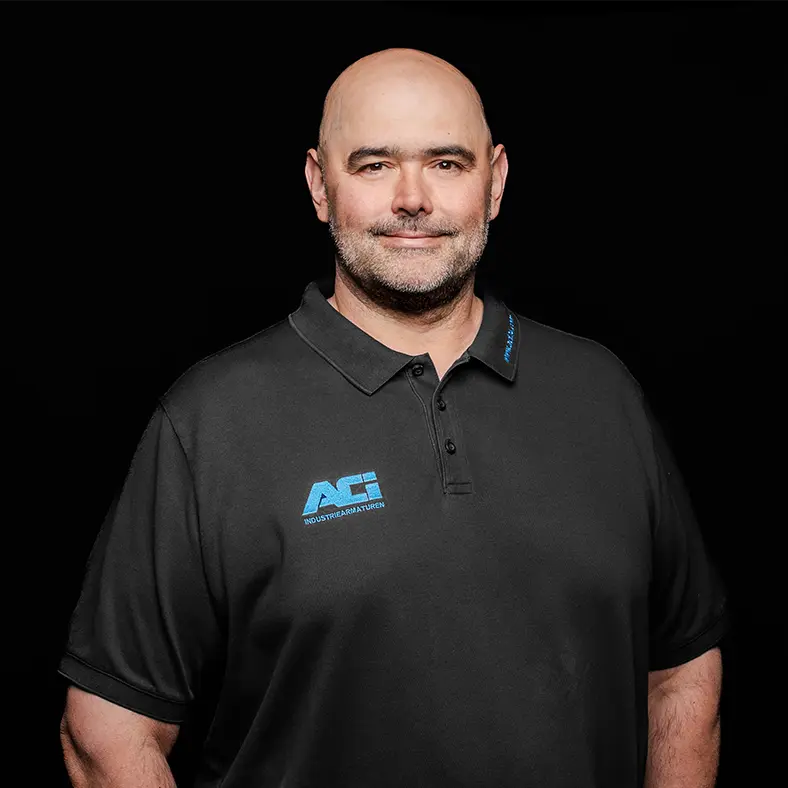The Pressure Equipment Directive
(PED 2014/68/EU)
Discover detailed information on the Pressure Equipment Directive (PED) 2014/68/EU. From the basics of good engineering practice to the individual steps of the conformity assessment procedure – here you’ll find clear answers to your questions. For further inquiries, our support team will be happy to assist you.
FAQs
Here you’ll find answers to the most frequently asked questions about the Pressure Equipment Directive (PED 2014/68/EU). If you need more detailed information, our team will be happy to assist you personally.
Good engineering practice under the Pressure Equipment Directive (PED) ensures that pressure equipment is designed, manufactured, and operated safely. Manufacturers are responsible for compliance, which is documented through adequate user instructions and labeling. It is also advisable to include a note confirming compliance in the operating manual or as a separate declaration.
The conformity assessment procedure according to Category I, Module A requires manufacturers to prepare technical documentation proving that the pressure equipment complies with the applicable safety requirements. This documentation must include, among other things, designs, calculations, and test reports, and must be retained for ten years. In addition, the manufacturer must affix the CE marking and issue the EU declaration of conformity.
This module is based on internal production control (as in Module A) with additional supervision by a notified body. The manufacturer must prepare and retain technical documentation, affix the CE marking, and issue the EU declaration of conformity. The notified body verifies the final product through random checks or testing procedures to ensure conformity with the directive.
The conformity assessment procedure under Category III, Module H requires a comprehensive quality assurance system covering both the design and manufacturing of pressure equipment. This system is monitored and regularly audited by a notified body. The manufacturer must ensure compliance with the applicable safety requirements, provide full technical documentation and test reports, and maintain regular records of the quality system. The notified body evaluates the system and conducts periodic surveillance audits to ensure continued compliance.


Would you like personal advice?
Direct Contact
Do you have questions about our products or services? Would you like personalized advice on a specific topic? Don’t hesitate to contact us directly – our experts are here for you and look forward to assisting you.